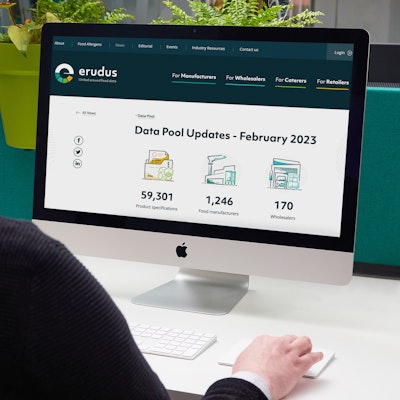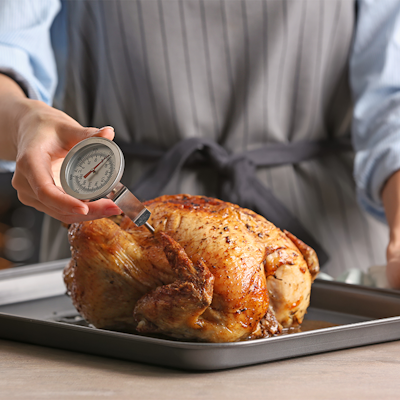Foods that need extra care

Whilst good kitchen hygiene and safe cooking practices should always be employed, there are some foods that need to be treated with extra care, or require certain precautions be taken out in order to make sure they are safe to eat. Here’s everything you need to know...
Eggs
Here is the important information to know when it comes to Eggs...
-
Any egg dishes, or foods containing eggs must be cooked until steaming hot all the way through. The exception to this is those foods that specify lightly cooked eggs - such as fresh mayonnaise, on these occasions the Food Standards Agency (FSA) advises that best practice is to use pasteurised egg or British Lion code or equivalent assurance scheme.
-
List the dishes containing eggs that you prepare or cook.
-
Always use the oldest eggs in your stores first - the easiest way to do this is by stocking the newest eggs at the back of your larger or fridge and rotating.
-
Do not use eggs after their ‘use by’ or ‘best before’ date.
-
Only purchase eggs from a reputable supplier.
-
Store eggs in a place that is cool and dry. Harmful bacteria can grow in eggs that are not stored correctly.
Remember that Eggs are one of the 14 major food allergens, and Caterers and food businesses are required by law to be able to provide customers with accurate information on these allergens if they are included in any of the food products they produce, sell or serve. You can read our deep dive into an Egg allergy here.

Rice
Here is the important information to know when it comes to rice...
-
Once you’ve cooked rice, keep it piping hot until you serve it.
-
If you have cooked rice and don’t intend to serve right away, or you are done serving the rice, cool it down as quickly as possible (by spreading out into small portions or running it under cold clean water) and then refrigerate.
-
Do not leave rice out at room temperature, as it can cause spores to multiply and produce food-poisoning causing toxins. Spores are a type of bacteria that can be present in rice and cannot by killed by cooking or reheating.

Pulses
Here is the important information to know when it comes to pulses...
The FSA state that:
“Pulses can contain natural toxins that could make people ill unless they are destroyed by the proper method of soaking and cooking.”
-
Some types and/or brands of pulses might need to be soaked before using. Follow the instructions on the packaging carefully when doing this.
-
Follow cooking instructions on the label precisely.
-
Tinned pulses will (generally) have been soaked and cooked already, but check the label to make sure.
What are pulses?
Pulses are a type of food that comes from plants in the legume family - they are the edible seeds of these plants and grow in pods. Commonly eaten pulses include peas, lentils, chickpeas and beans (such as black beans, haricot beans, cannellini beans etc).
Whilst peas and lentils are not among the 14 major food allergens, they are among the most common rising allergens (find out more about the food allergies that are increasingly common here) and those with a Peanut allergy may find that they have some cross-reactivity with chickpeas.
Shellfish
Shellfish can be Crustaceans (such as crabs, lobster and prawns) or Molluscs (such as oysters, mussels and squid).
Here is the important information to know when it comes to shellfish...
You may also be interested in…
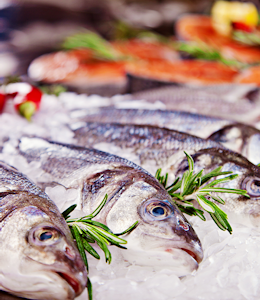
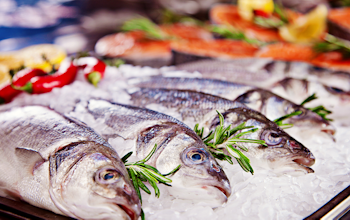
You may also be interested in…
Food Safety Cheat Sheet: Fish and Shellfish Guidance
Read-
Make sure you buy shellfish from a reputable supplier. Only by purchasing from a trusted source can you be sure that the shellfish have been safely caught and handled.
-
Be sure to hang on to the label from any shellfish you purchase for 60 days after opening it. This is a legal requirement.
-
Some varieties of shellfish should only be prepared by someone who has specialist knowledge of how to do this. These varieties include crabs, crayfish, lobster and scallops.
-
Always follow the instructions for preparation and storage on the shellfish’s label.
-
Make sure you are aware of any parts of a shellfish that are unsafe or even poisonous to eat, and know how to remove these parts safely.
-
Learn what colour different shellfish should be when properly cooked, such as prawns turning from grey to pink and scallops becoming milky white in colour.
-
Any mussels or clams that have open or damaged shells should be thrown away before use, as these might not be safe to eat.
-
If the shell of a mussel or clam does not open during cooking, throw it away. A properly cooked clam or mussel should be slightly shrunken inside an open shell.
Remember that Crustaceans and Molluscs are both among the 14 major food allergens, and Caterers and food businesses are required by law to be able to provide customers with accurate information on these allergens if they are included in any of the food products they produce, sell or serve.
You can read our deep dive into a Crustacean allergy here and a Mollusc allergy here.
Fish
Here is the important information to know when it comes to shellfish...
-
Make sure you buy fish from a reputable supplier.
-
Fresh fish should be stored between 0 degrees celsius and 4 degrees celsius.
-
There are some varieties of fish - such as mackerel, tuna, anchovies and herrings, which if not kept at the correct temperature can cause food poisoning when eaten. Make sure you have double checked these temperature.
Remember that Fish is one of the 14 major food allergens, and Caterers and food businesses are required by law to be able to provide customers with accurate information on these allergens if they are included in any of the food products they produce, sell or serve.
You can read our deep dive into a Fish allergy here.
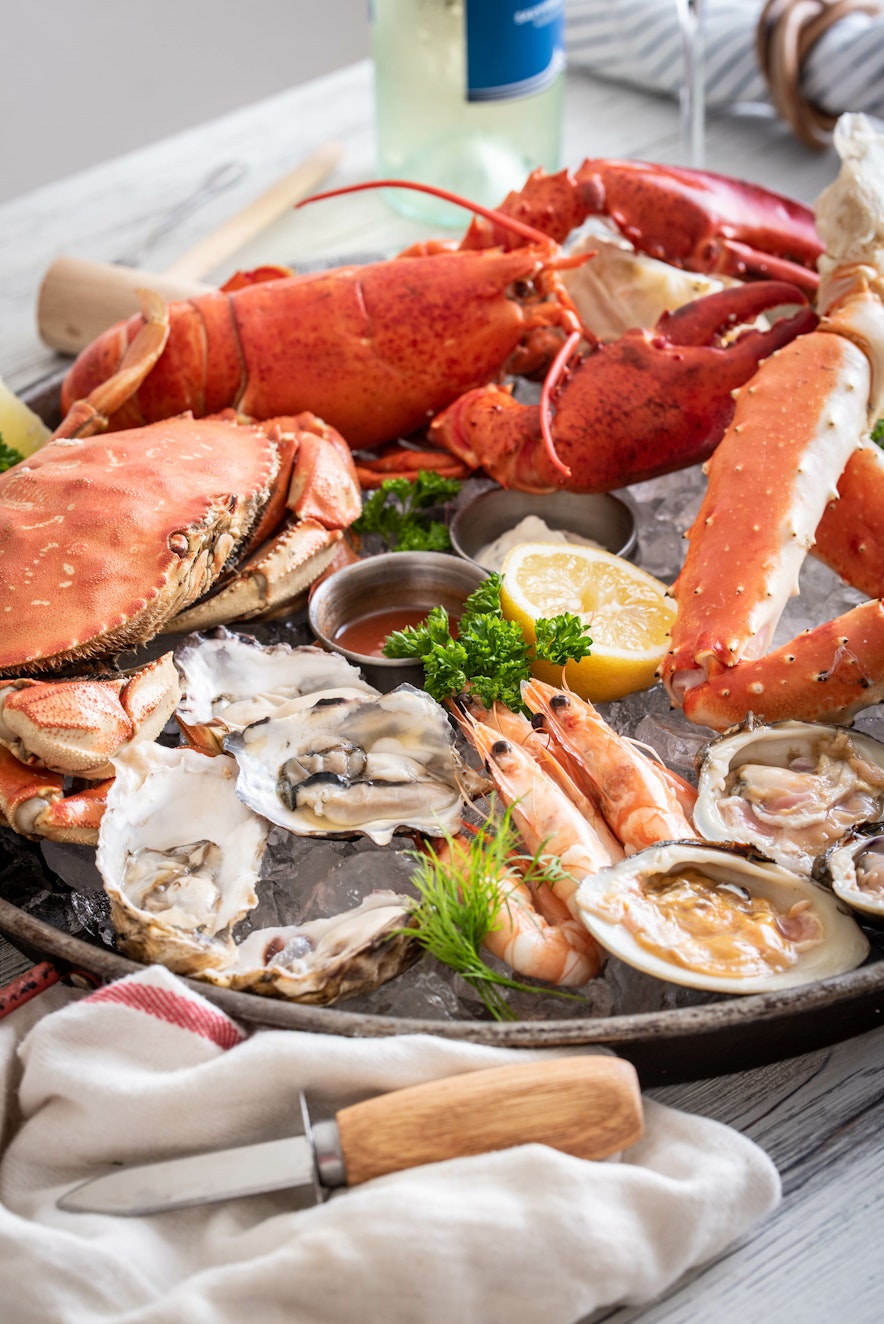
You can visit the Food Standards Agency's website for more information and guidance on food safety.
You may also be interested in…
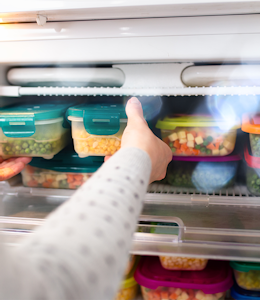
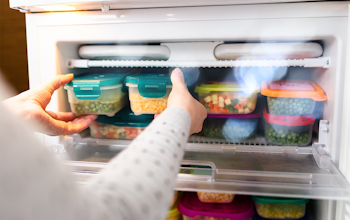
You may also be interested in…




